Gluten-Free Flour Substitutes
I get asked a lot about gluten-free flour substitutes. Gluten intolerance has become the norm. If that is your concern, my sympathy goes out to you. This blog provides you with fantastic recipes for comfort food. However, food can’t comfort you if it makes you sick. And that is why I have created gluten-free and grain-free options in my list of flour alternatives.
Unfortunately, there is nothing like wheat for the perfect bread, cake, or pastry.
And while the texture that gluten in regular flour provides is tough to duplicate, we can come close.
In fact, some of my testers didn’t even know the recipes were gluten-free. The following is an in-depth discussion of gluten-free flour substitutes.
Gluten-Free Flour Substitutes
First of all, many African and Caribbean recipes are naturally gluten-free. It’s much easier to find recipes that already use the gluten-free flours you have in your pantry.
Yuca is a staple in Africa, the Caribbean, and Central and South America.
Brazilian cheese bread, Pão de Queijo, is an awesome example. Corn and rice are also a staple in the majority of countries.
There are many gluten-free all-purpose flours available commercially that you can replace all-purpose flour with.
But wouldn’t it be so much better if you could make your own?
The best gluten-free flour substitute will depend on what you want to make. Bread, cake, or gravy? Knowing the texture of each flour will also help in deciding which flour to use.
The Gluten-Free Flour Substitute Lineup
Almond
Almond flour is low-carb, high-protein, high-vitamin and -mineral, and gluten-free.
It also offers healthy fats and fiber. Almonds are high in magnesium, help lower blood sugar levels and blood pressure, lower cholesterol levels, and help with weight loss.
It sounds like my kind of nut!
Almond flour and meal – what’s the difference?
- Almond flour is finely ground, blanched, and peeled almonds, creating a whiter, softer flour.
- Almond meal is from grinding the whole almonds with their skins. Almond flour is the prettier option, while almond meal has more fiber.
Almond flour and meal are dense and make a heavier and moister cake, quick bread, or pastry. Some suggest replacing it cup for cup.
However, almond flour, being higher in fat, doesn’t absorb as much liquid as all-purpose flour.
Additionally, no gluten means it doesn’t hold together well.
So, if you’re making a cake, cookies, or bread that needs an all-purpose flour substitute, either reduce the liquid slightly or add a little more flour. Then add one egg per cup, so it sticks together.
Batter made with almond flour should be thick and need to be spooned into the pan or mold.
If the batter is a tad runny, add more flour. Almond flour also burns easier.
NOTE: Reducing the baking temperature by 25°F/15°C and baking it slower and longer will keep the outside from burning before the inside cooks.
This may sound crazy, but I have replaced almond flour with almond butter because it was what I had.
What is almond butter? Ground almonds. What is almond flour? Ground almonds. Make sense? If the recipe calls for a cup of almond flour, replace it with ½ a cup of almond butter.
Plantain
Plantain flour is an up-and-coming paleo and gluten-free flour that makes delicious cakes, quick bread, and pancakes.
You can replace all-purpose flour with a plantain flour cup for cup and add a ½ teaspoon baking soda per cup of flour to give it a better lift.
You can even use it to make a good roux.
NOTE: However, if you want to use it to make bread, make sure it’s only 30% of the flour, so your bread isn’t sticky.
You can find this flour in Caribbean or African stores, but it’s so easy to make it yourself (see my homemade Plantain Flour HERE). Why not save your money for something else?
Another hack I absolutely love is mashing up a couple of overripe plantains and mixing it with some cornmeal, just like this scrumptious Tatale, an African plantain pancake.
Coconut Flour
Coconut flour is another great flour for baked goods. Also high in protein and other stuff that does the body good.
It has the opposite reaction to almond flour. It only takes ¼ cup to replace 1 cup of all-purpose flour.
Coconut flour has had most of the fat taken out and is one of the dryer flours.
It is usually best mixed with other flours to balance the texture and moisture. I like to replace all-purpose flour with ¾ cup almond flour and ¼ cup coconut flour.
Since coconut flour is so thirsty, it bulks up much more than regular flour.
NOTE: If you use only coconut flour, add an egg for every ¼ cup of coconut flour to help hold it all together. The batter should be slightly runny when you pour it into the pan or mold. Otherwise, you’ll end up with something dry and crumbly.
I dig making my own coconut milk, and the thought of throwing away the pulp that’s leftover breaks my heart. Most of the time, I use it to replace flour in whatever I’m making.
If I don’t have time, I spread it out on a cookie sheet, cover it with cheesecloth, and let it dry.
Then, the next time I’m baking something that calls for coconut flour, I’ve got it covered.
Cassava
One of my favorites! Also called manioc and yuca (not yucca), this tuber is as versatile as you can get.
Cassava flour and tapioca flour or starch are made from the same root, but they are not the same. Cassava flour is from the whole root. Tapioca flour or starch is just the starch.
They both are superb additions to gluten-free flours. They have a mild flavor similar to flour and add the chewiness that is characteristic of gluten. However, cassava flour has more fiber than tapioca starch.
While they are interchangeable in most recipes, cassava flour has more substance, and there are some recipes that starch isn’t enough.
NOTE: It is toxic if eaten raw, so please be careful to cook it first.
Potato Starch & Flour
Potato flour (whole potato) and starch are not the same and, mo0 00000000st of the time, are not interchangeable. However, both are soft and tender, making them a perfect addition to cake flour.
And both absorb liquid well, so they’re good for bulking up your flour mix.
It can replace all-purpose flour cup for cup. However, because its texture lacks substance, it’s best to mix it with other gluten-free flours.
I like to use a maximum of ¼ cup of potato flour or starch for 2 cups of flour.
Bean Flour
All sorts of beans, lentils, peas, and even peanuts, make excellent flour. Chickpea is one of the most popular flours.
When creating a wheat-based flour replacement, you can replace up to half of the mixture with bean flour with the same measurement.
Corn
This international staple is hardy and filling. From Mexican tortillas, El Salvadorian pupusas, and Southern cornbread to Somalian injera, corn with plantains in Cameroon, and European cornmeal mush, corn has sustained and nourished the world millenniums.
If using only corn in your bread or cookies, add an egg or two. It’s actually better mixed with other gluten-free flours.
Quinoa
Quinoa is a popular grain that makes an excellent side dish on its own, and it’s also a good flour alternative in baking. You can replace it cup for cup and add an egg to your cake or quick bread.
Amaranth
Amaranth is a close cousin of quinoa with a slightly milder flavor, and you can use it the same way. Replace all-purpose flour cup for cup and add an egg per cup of flour.
Millet
Millet is an easily digestible grain high in calcium with a delicate and nutty taste that is an excellent addition to flour alternatives. However, this flour absorbs a lot of moisture.
To keep the batter from getting too dry and crumbly, soak a tablespoon of ground flaxseeds in three tablespoons of warm water per cup of millet flour.
You can also add an extra egg. Since it is drier and tends to crumble easily, I like to mix it with a little tapioca starch or ground flax seeds to help hold it together.
Rice
I have to admit that brown and white rice flour is not my favorite substitute.
It tends to be a little grainy and needs more moisture. However, a moist quick bread made with fruit is really delicious with this flour.
Check out my Vitumbua or Coconut Rice Pancakes.
On the other hand, sweet rice, also called glutinous rice, is the perfect addition to the above flours to recreate that wonderful texture that gluten provides.
You can use sweet or sticky rice flour interchangeably with tapioca starch as a binder.
Teff
This gluten-free grain is a popular staple in Ethiopia. It’s high in protein and so delicious. The most popular way to use this grain is in injera. My friend from Ethiopia forced me to fall in love with it.
This flour also makes delicious cookies and pancakes. I would add an extra egg or a tablespoon of ground flaxseed for each cup of flour to replace the binding effect of gluten.
Buckwheat
Don’t let the fact that the word ends in wheat scare you. It really is gluten-free, and it’s the main ingredient in soba noodles.
I really appreciate the unique, nutty flavor. High-quality soba noodles are 100% buckwheat flour. Though, you can add a little plantain flour or tapioca starch to help hold it together.
Sorghum
Sorghum is an essential grain in Africa, and it’s nutritious and gluten-free. Flour is made from the grain, and syrup can be made from the stalks, yum!
Speaking of sorghum flour, one of my favorite flatbreads is injera uses corn and sorghum flour.
It has a mild, slightly sweet flavor and doesn’t have the graininess that many gluten-free substitutes have.
It is one of the best gluten-free substitutes for all-purpose flour because it’s not gritty, and it browns beautifully.
Binders
Some flours and products help hold it all together. Gluten does this for wheat flour. But in gluten-free flours, that ability needs to be replaced with something else.
Sweet Rice Flour
Sweet rice flour is also called glutinous rice, not because it has gluten but because it has the sticky quality valued in gluten. So now you understand why it makes an outstanding addition to your list of gluten-free flours.
Flax Seeds
Flax seeds are amazing, high in fiber, Omega-3 fats, full of nutrients, and an excellent binder in gluten-free flour substitutes. Soaking 1 tablespoon of ground flaxseed in 1 tablespoon of warm water will replace the binding power of 1 egg.
Chia Seeds
This seed is touted as a superfood because it has the amazing ability to absorb 10% of its weight in liquid. That makes it an excellent addition to flour that tends to be dry, like millet or coconut flour.
It also helps maintain a fluffy texture and works well as a binder. You can replace flour on a one-for-one ratio.
However, it can be pretty gummy on its own, so it’s better to use it as a third or less of your flour replacement. For example, you could use ⅔ cup rice or millet flour and ⅓ chia flour to replace one cup of all-purpose flour.
Psyllium Husk
This valuable source of fiber also absorbs a lot of water. As it has almost no taste, it won’t affect the flavor of your baked goods. You might start by adding a tablespoon per cup of flour.
Guar Gum
Guar gum is an effective thickener and binder that is made from guar beans. It adds creaminess to ice cream and helps give that smooth texture that developed gluten would generally provide.
When making your gluten-free flour mix, add ¼ teaspoon per cup of flour.
Xanthan gum
Xanthan gum is a common additive that contributes to the gluten-like texture, but its use is controversial and unnecessary. Similar to guar gum, add ¼ teaspoon per cup of flour.
More Delicious Gluten-Free Recipes
- Flourless Chocolate Cake – Pure chocolate heaven and no flour. It’s heavy on the eggs, so I think it would be good for breakfast.
- Cassava Cake – This Filipino dessert is so good, and it’s made with yuca (or cassava, depending on where you live). No wheat in sight.
- Cloud Bread – I honestly doubted how this could be as good as they say. Forgive me! It is even better than I was told.
- Creamy Polenta – This dish is so versatile. I don’t know of many cultures that don’t have staple recipes using cornmeal. Tamales, grits, polenta, yum!
- Plantain Lasagna – Who needs lasagna noodles when you can use plantains. The sweet and spicy go so well together.
Savory Dishes
Making Pasta or Noodles
OK, pasta is a hard one. But if you’re a die-hard and just have to have it, remember that it’s the gluten that holds it together. However, egg noodles have eggs. Woohoo, a binder.
Xanthan gum is another ingredient that helps obtain a gluten-like texture. Replace the flour the recipe calls for with your favorite gluten-free flour, and add an extra egg and ¾ teaspoon xanthan gum per cup of flour.
Sauces and Gravies
Thickener – cornstarch is my favorite because arrowroot and tapioca starch tend to be a little gummy.
Instead of making the roux with wheat flour, use green plantain flour.
If you prefer, you can use cornstarch, tapioca flour, or arrowroot for a sauce or gravy (1 tablespoon for every 1½ cups of liquid) 2 to 3 tablespoons cold water.
Slowly pour it into your gravy, stirring constantly and simmering until the desired consistency is reached.
Need more help like this? You might want to check out my Flour Substitutes HERE.

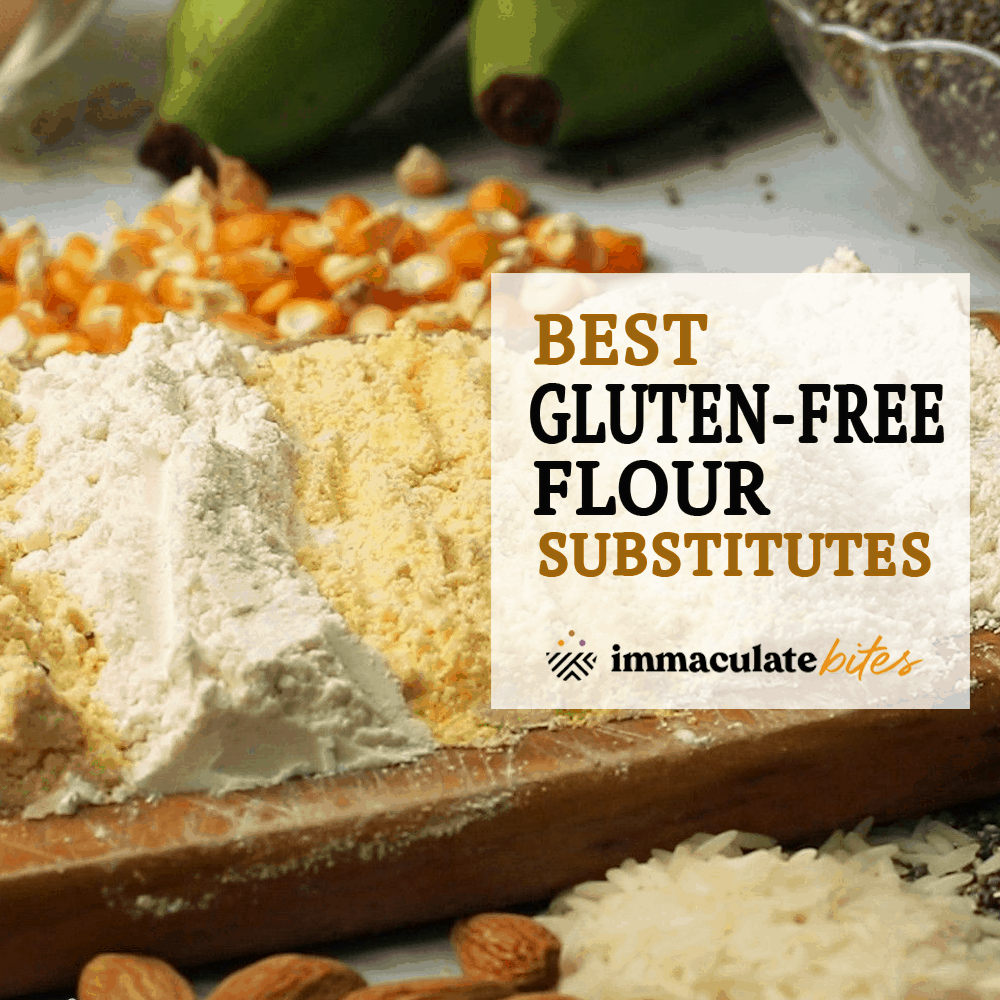
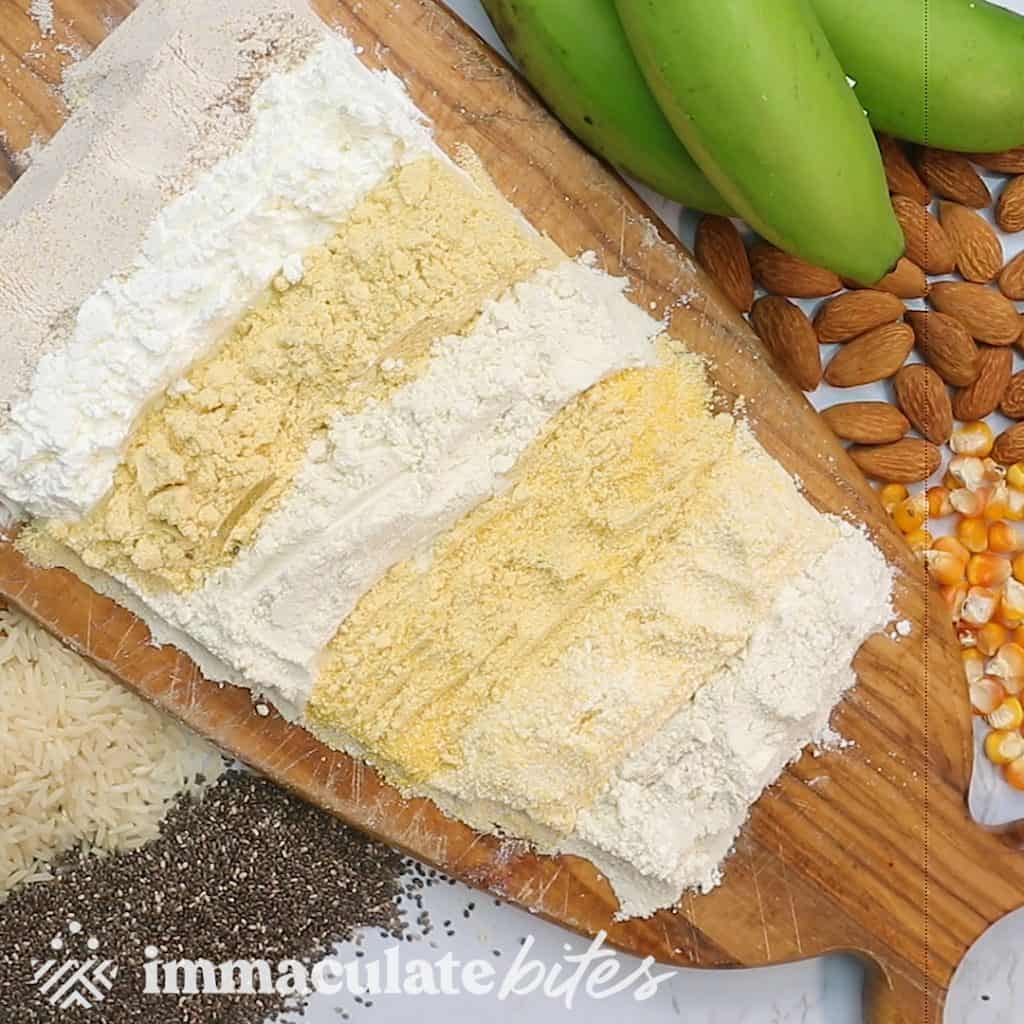
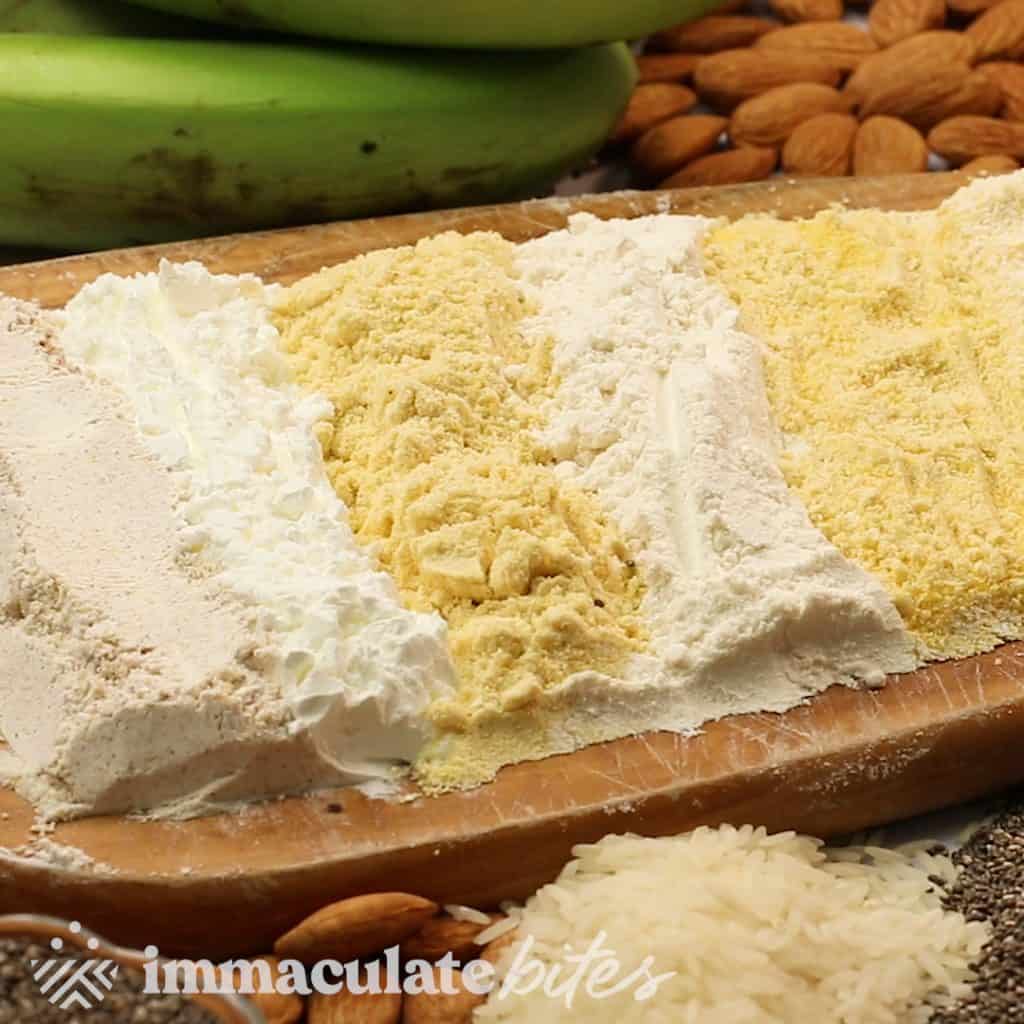
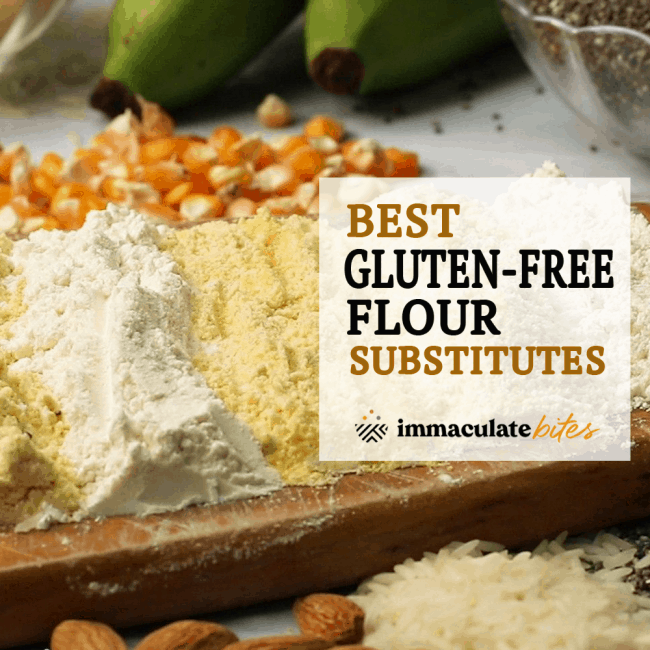
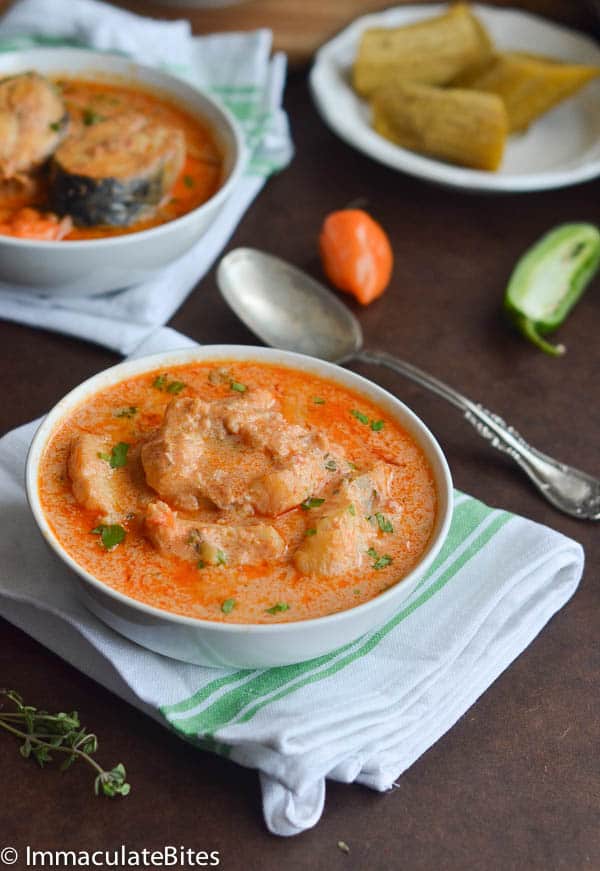
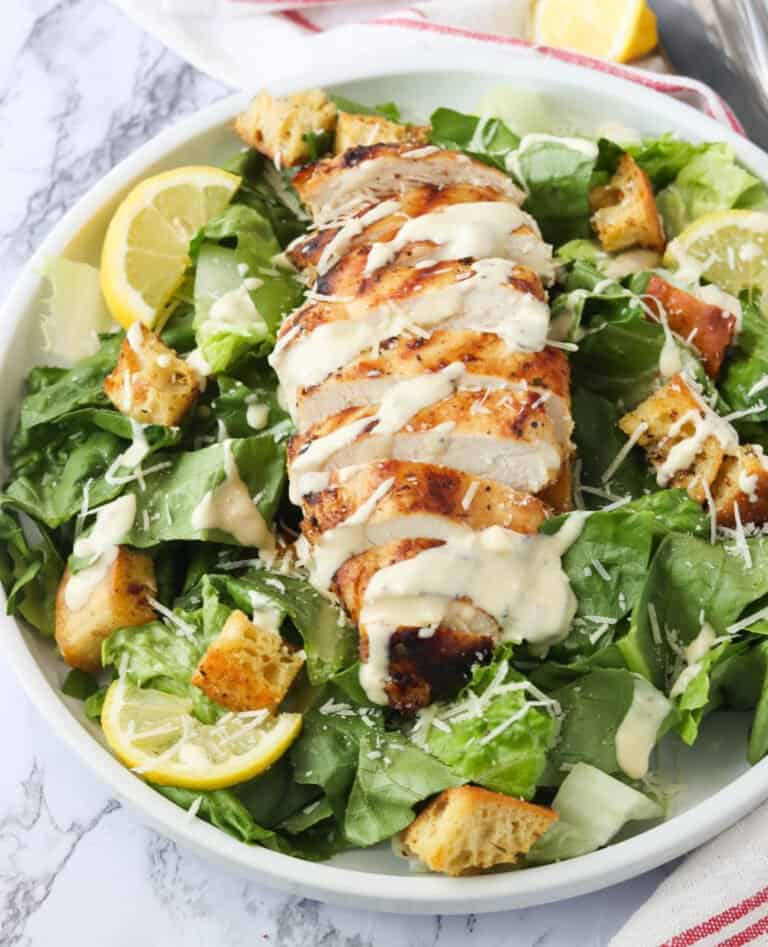
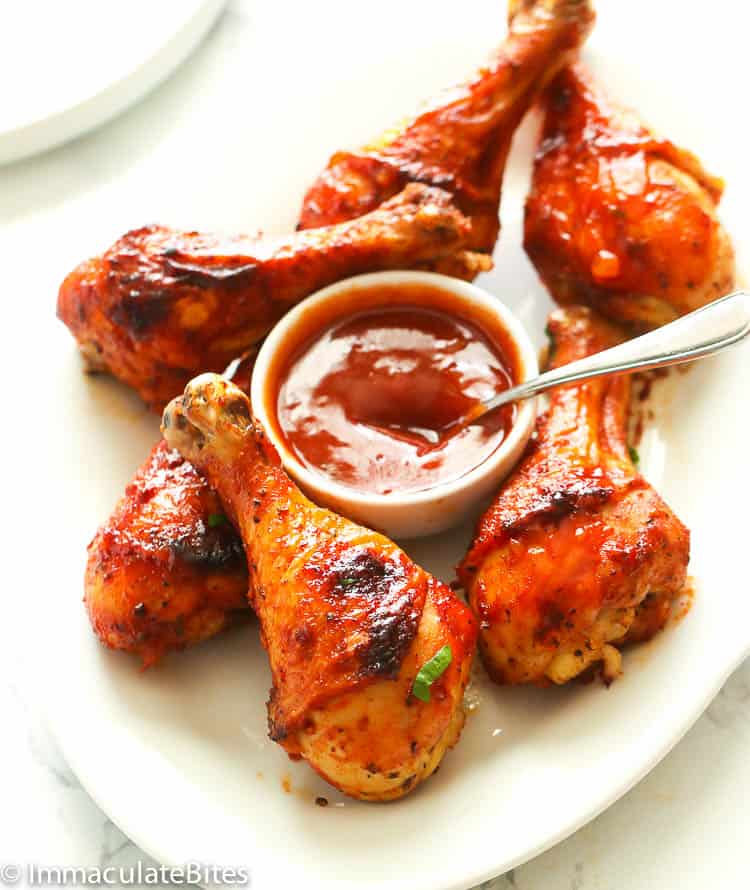
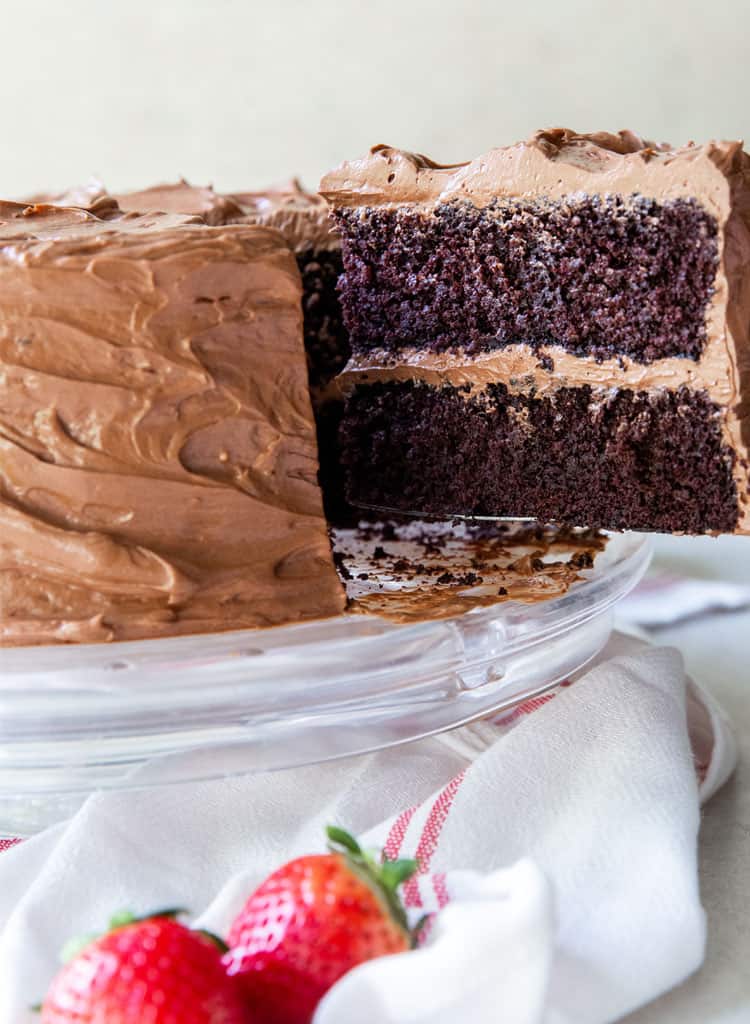
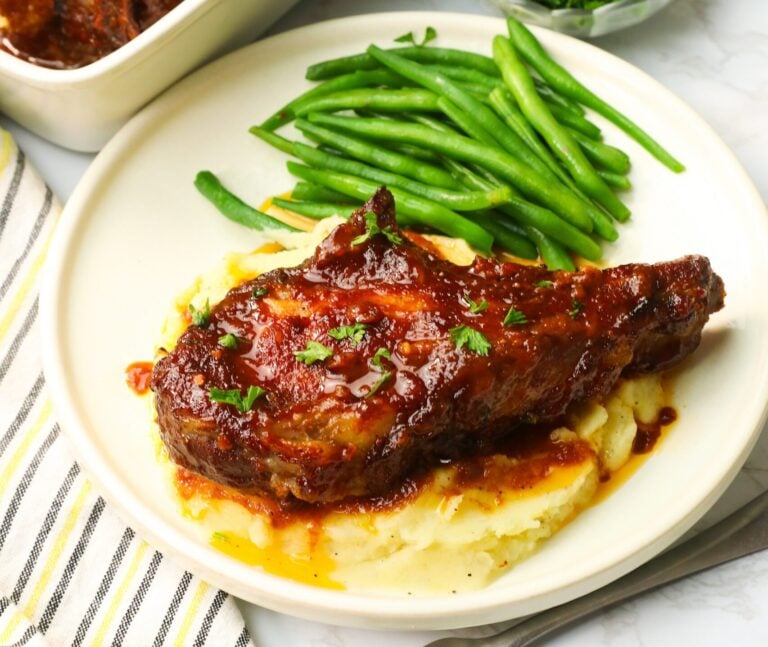
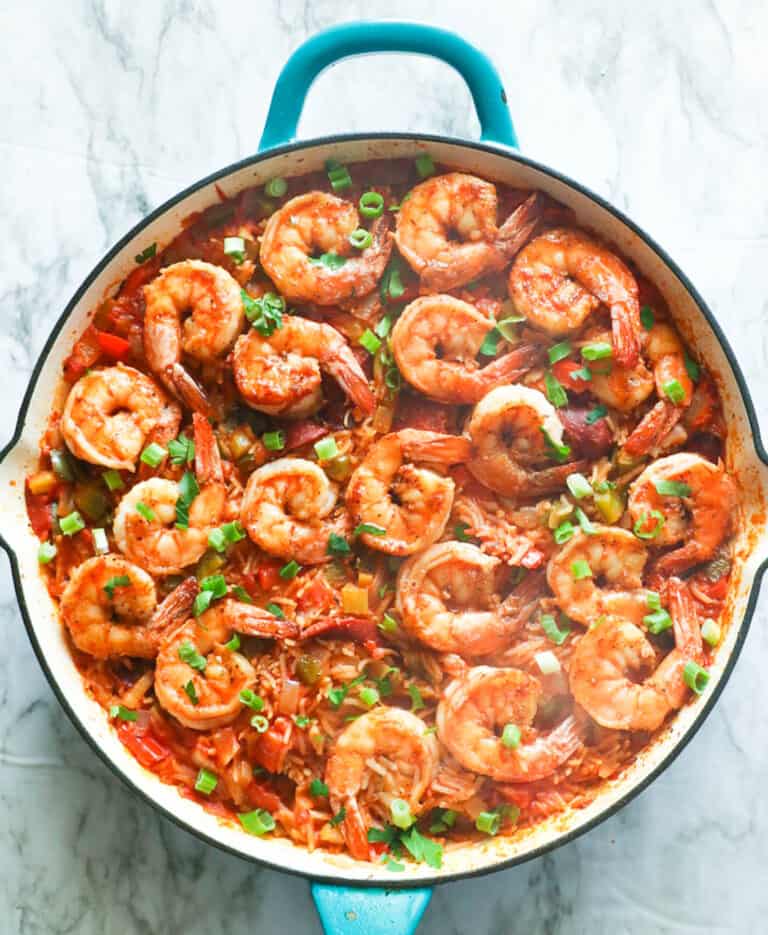
I’m really interested in your blend but can no longer eat tapioca starch/cassava flour/arrowroot or sweet rice flour. Can you suggest a suitable substitute please? Many thanks!
I’m so sorry. Those are the only flours I know of that act like gluten when cooked. Can you use an egg or ground flax seed?
I love these recipes .What can I use as a rising agent for gluten free recipes .I’m highly allergic to gluten dairy n silaca
Depending on the recipe, you can use yeast, aluminum-free baking soda or powder, or eggs. Tapioca starch also helps with the rise. Let me know what works for you. ❤️